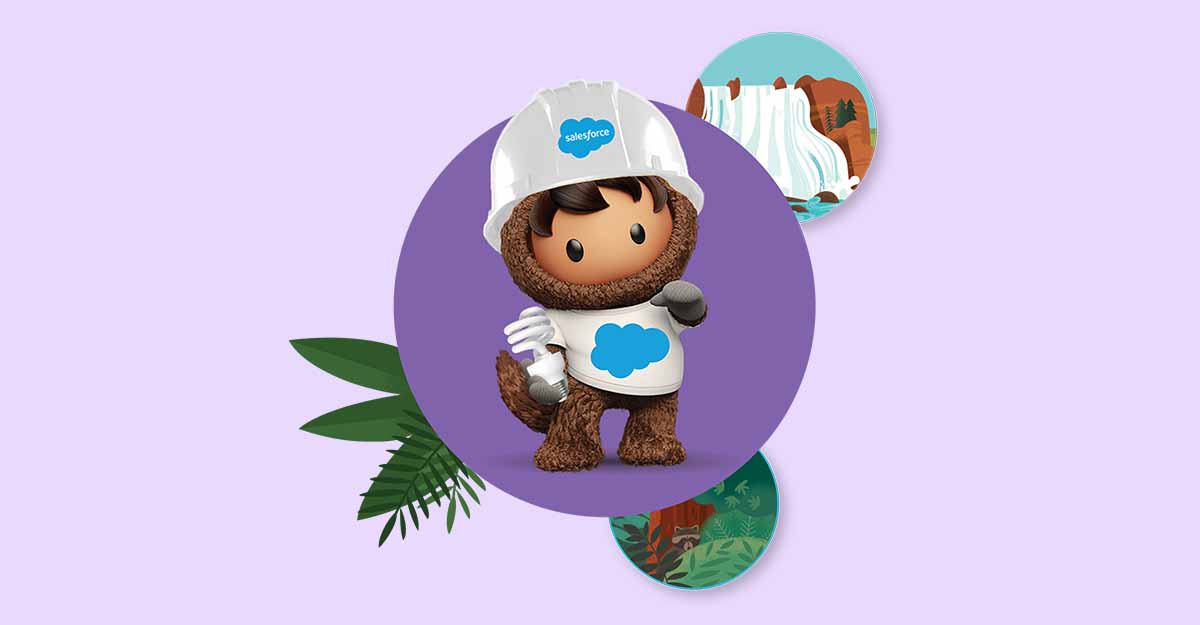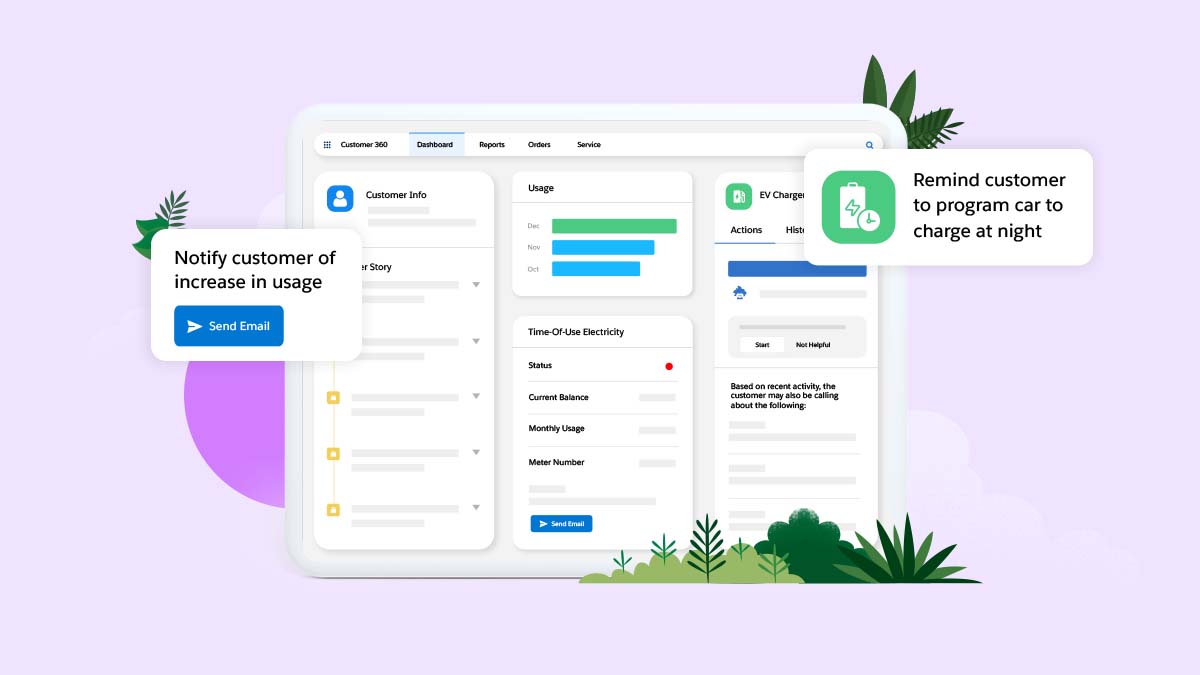4 Ways to be Agile During the Biggest Energy Opportunity in 100 Years
Utilities can thrive with a data-driven approach for service, capital investments, and CX.
May 2, 2023. 5 min read
It isn’t often that an industry that provides critical services faces its biggest opportunity in 100 years. But for utilities, that’s exactly what’s happening.
Government investment and global environmental, social, and governance (ESG) objectives are driving the most extensive transformation of the electrical grid since its inception. This presents utilities with an incredible opportunity to achieve mission-critical sustainability goals, drive efficient growth, and build trust in the community. But to do that, they’ll need to adapt as quickly as technologies and regulations change — all while streamlining operations in an industry not recognized for agility.
The utilities that thrive will be the ones that use data, insights, and automation to guide their progress through the transition. Resilient businesses build agility into their systems, streamlining processes that can change as needs dictate. Quickly and efficiently deploying new products and services, as well as capital investment projects, will require new ways of sharing and analyzing information. In an industry that touches everyone, there are challenges with scaling these efforts efficiently, but they can be overcome. Here are four ways to make the most of this opportunity.
How quickly can you adapt to changing times?
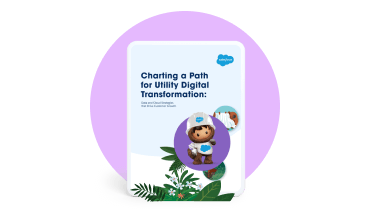

Build trust with better customer experiences.
Today, it’s not enough for utilities to continue the vital work of delivering safe, reliable, and affordable power — customers expect even more. With energy and utility companies ranking among the least likely to meet customer needs and expectations, building trust with customers starts with delivering a better customer experience (CX). As more and more customers seek advice on energy-efficient power sources and home improvements, utilities can capitalize on this opportunity by delivering a more personalized CX. But doing this in a scalable, cost-effective way can be challenging.
Start by taking a fresh look at your service capabilities. For simple questions and issues, 57% of customers prefer to engage companies using digital channels — and even more (59%) want to use digital self-service for simple questions and issues. A chatbot that empowers customers to schedule at-home appointments, report outages, or start and stop service reduces your cost to serve and gives your live agents more time to advise customers on more complicated requests. And speaking of live agents, can they pick up conversations seamlessly when digital interactions become too complex? If you can’t deliver these kinds of experiences, it’s probably time to rethink your CX.
Taking a data-driven approach helps break down the barriers that prevent excellent service experiences. Start by unifying siloed usage, service, commerce, and marketing data to create a 360-degree view of the customer. That fosters the easy, automated experiences customers want while also giving your agents and partners the information they need to serve customers efficiently.
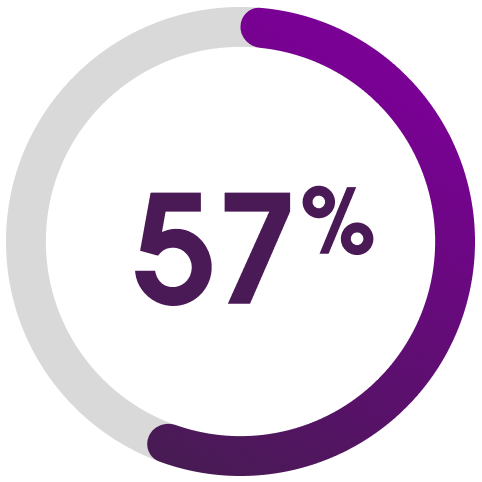
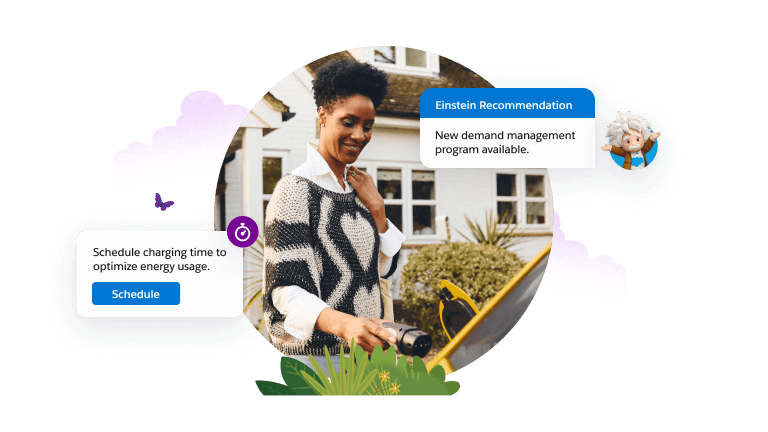
Drive participation in demand side management programs.
To achieve their sustainability goals, utilities must boost participation in demand side management (DSM) programs that increase energy savings and reduce peak usage. How can you do this? By giving customers the data and recommendations they need to meet their own energy efficiency targets.
At Xcel Energy, they have set a goal of having 1.5 million electric vehicles (EVs) on the road in their territory by acting as an advisor to customers who are considering buying one. “We’re helping them decide if an electric vehicle is the right thing and then helping connect them to dealers to allow them to make that decision,” said Megan Scheller, Senior Director, Digital Product Management at Xcel Energy. “We’re helping them in the buying process not by selling the vehicle, but [by] making sure that the usage of the electric vehicle is successful.”
But helping customers to achieve carbon neutrality goes beyond helping them decide what new car to buy. Utilities are being challenged to scale their DSM programs while simultaneously meeting financial, regulatory, and reporting requirements. So, to grow compliance in a cost-effective way, use customer data to improve everything from outreach to enrollment to payment processes.
Start with segmenting customers by shared attributes, such as those who already own electric vehicles. Automate communications that resonate with each segment’s interests, such as inviting them to enroll in a DSM program that will help them save money. With a single, trusted view of program performance, you can give your customers the information they need to meet their own sustainability goals and simultaneously track your own energy savings, create financial forecasts, and issue regulatory reports.

Improve transparency and efficiency during large capital projects.
The billions of dollars flowing into the energy industry is an incredible modernization opportunity for utilities contending with aging infrastructure, increased demand, and storm damage. The challenge? Utilities have traditionally struggled with transparency and efficiency when they undertake large, capital-intensive projects, leading to cost overruns and slow time-to-value.
To seize this opportunity, you need a holistic view of the end-to-end capital investment process, from planning and design through permitting, procurement, execution, operations, and maintenance. Manually driven, spreadsheet-dependent processes deter transparency and efficiency because they bury insights and hide mistakes. But, with a purpose-built tool that’s embedded with industry-specific workflows, you can avoid bottlenecks and track projects in real time, preventing cost and time overruns. This increases visibility and enables collaboration across and within each project phase.
Incorporating feedback loops and real-time and historical data to evaluate key performance indicators can lead to faster decision-making and coordination. Viewing this information in a central location can also allow for deep analysis and faster authorizations. For example, AI can streamline project flow by matching permit submission with its owner, estimating when it will be authorized, and tracking follow-ups from one source. AI can offer likely next steps at each stage, and employees can monitor permits with expiration alerts.
With this single source of truth, employees can collaborate more efficiently with colleagues inside and outside the organization, enabling stakeholders to instantly review status and pending actions, ensuring that project milestones stay on-time and on-budget.
Nurture stakeholder relationships with operational excellence.
Research shows that honest and transparent communication builds trust with employees. To position your utility for success, empower your employees with the data and insights that will help them succeed in their roles. When equipped with the right tools, your employees can share real-time information transparently, ultimately leading to better relationships with partners and customers.
Employees and community stakeholders look to the utility to enable fast onboarding and efficient collaboration. With a work-from-anywhere solution, employees and partners stay connected and engaged, even when they’re not together in a centralized location.
With automation and artificial intelligence embedded in a tailor-made solution for utilities, you can quickly scale outreach efforts, track contract lifecycles and commitments, and streamline tasks and responses. Leaders can make decisions faster, which is essential during times of change. With a single system that’s built for energy and utilities businesses, you’ll generate insights 27% faster at a 25% lower IT cost.
Take the next step.
Future generations are counting on utilities to reduce emissions and deliver affordable energy. The clean energy transition is the biggest industry opportunity in 100 years to transform your operations so you can satisfy stakeholders across your community and become a trusted advisor.
To take full advantage, you’ll need to embrace agility like never before. Energy & Utilities Cloud is the solution that was built for this — built specifically for utilities to help create the connections that help businesses, people, communities, and our planet thrive. With this tool you can adapt quickly to changing industry conditions while delivering seamless and connected experiences — and in the process, position your utility perfectly for the blue skies ahead.
More Resources
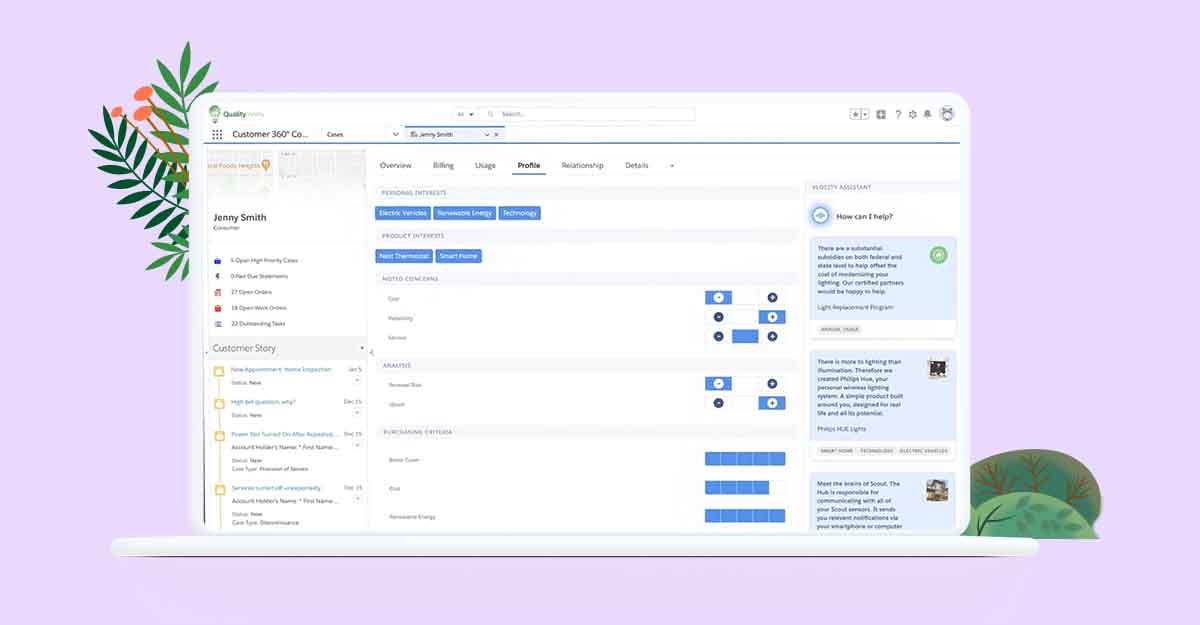
Energy and Utilities Cloud Demo
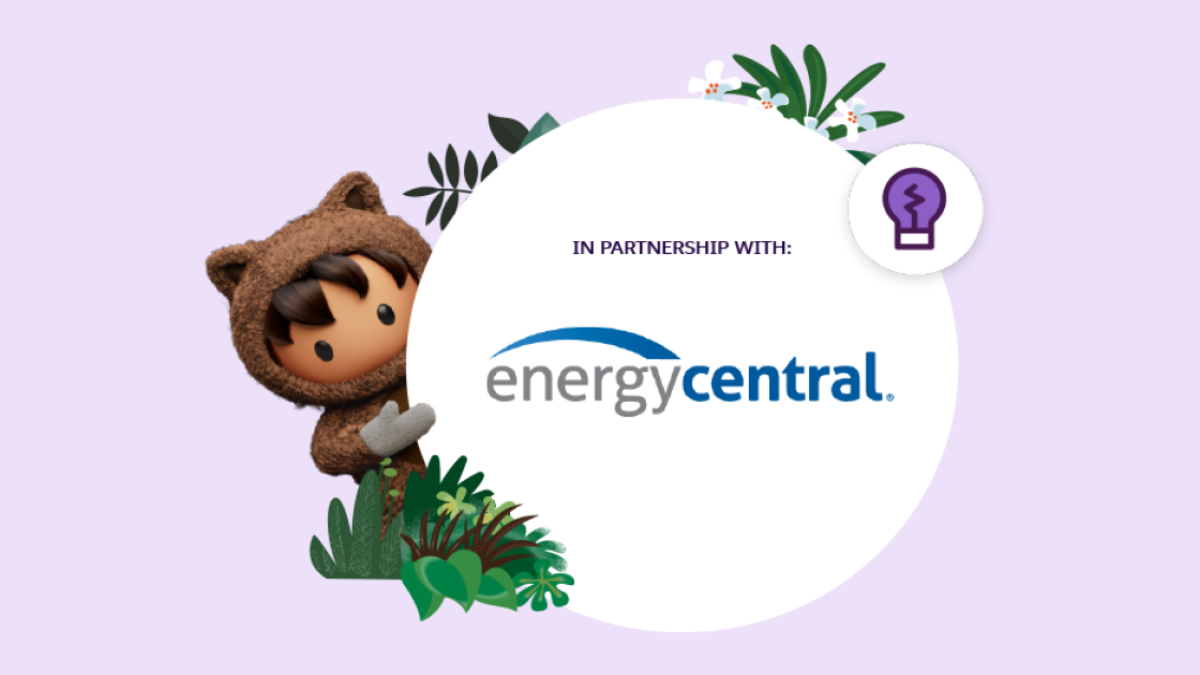
The Connected Utility - Fostering New Ecosystems in the Energy Transition


